Lauren McKee
One of the great biotechnological advances of recent years is the development of affordable and accessible methods for genome sequencing. In the field of metagenomics, we can sequence the genomes of all the microbes in a community, by extracting DNA directly from an environmental sample such as soil or water. There are many different sequencing techniques that can be used for this, depending on the amount of time available for a project and the depth of information that is required. The genius of metagenome sequencing is that we don’t need to isolate microbes from the environment to know that they are there – we can find their genomes through the sequencing data! Such tools can be used to track the quality and health of urban waterways and to look for species that might be pathogenic or that may indicate the presence of pollution.
An advanced course introduction to metagenome sequencing
On the Medical, Industrial, and Environmental Biotechnology Master’s degree programmes at KTH, students can choose to take the course BB2560 Advanced Microbiology and Metagenomics. In this course, we give an introduction to the concept of metagenome sequencing, and the students read case studies about the various ways the technology can be used. A special feature of the course is that students get to perform a real research project that runs throughout the course, and the resulting lab report serves as their final exam. As a group, the students choose a research topic and select an environment to sample. Then we arrange a field trip to collect samples, and the students work in labs at AlbaNova to extract and amplify microbial community DNA. The DNA samples are sent for sequencing and, when we get the results back, the students analyse the data themselves and draw their own conclusions.
Water sampling from different locations in Stockholm
This year, the students chose to investigate waterways in the city of Stockholm. They selected sites that vary in their proximity to industry, traffic, human residence, and more protected natural areas. Specifically, we collected samples from the lake Laduviken at a site close to AlbaNova where we often see swimmers in the summer. We collected from a small lake in a quiet area on Djurgården. We took samples from the home garden pond of one of our teachers. And finally, we collected from two different sites along the Bällstaån, a small river running between Bromma and Sundbyberg. The Bällstaån has a history of heavy pollution, and there are still industrial areas, a boat club, and several building sites along its length. But it has been undergoing passive remediation for many years, and there is clear evidence of diverse plant and animal life close to some of the more residential stretches.
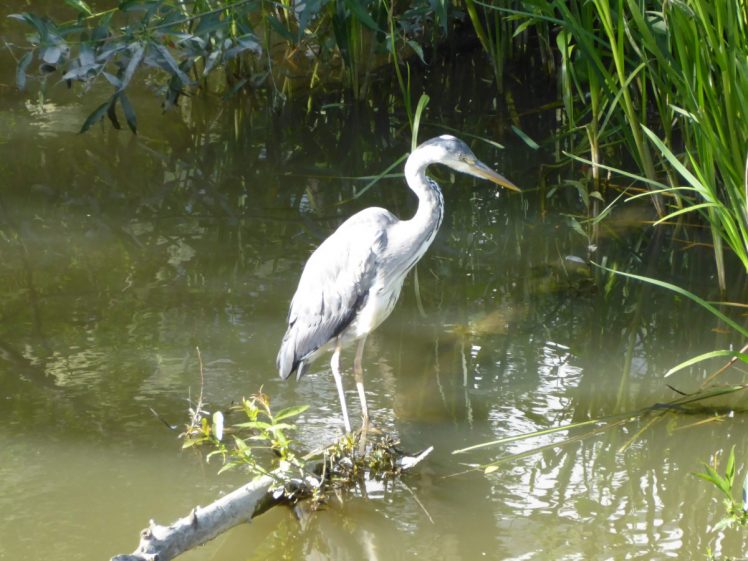
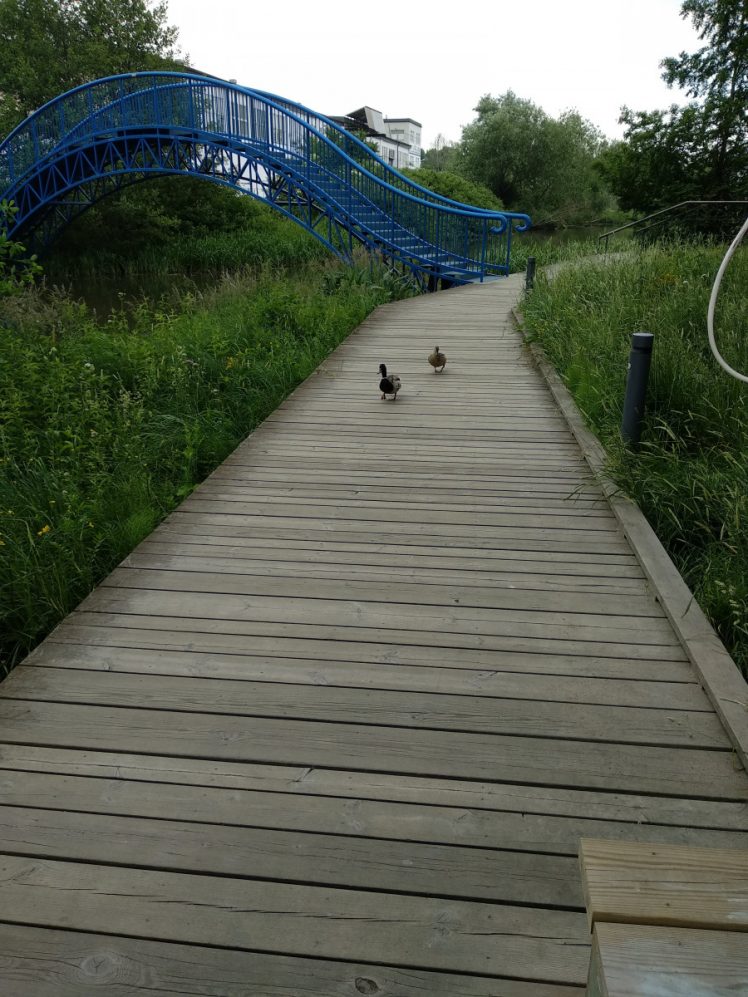
Human activity was expected to cause disturbance in microbial activity
The students developed the hypothesis for this project that proximity to human activity, particularly industrial activities that can cause pollution, would lead to a difference or disturbance in the microbial community of the water or the sediment beneath it. At some sites, there were clear indicators of pollution, such as plastic waste in the water, an oily sheen, or an unpleasant odour. As I live alongside the Bällstaån, I was particularly intrigued – and a bit nervous – about what they might find in the microbiome!
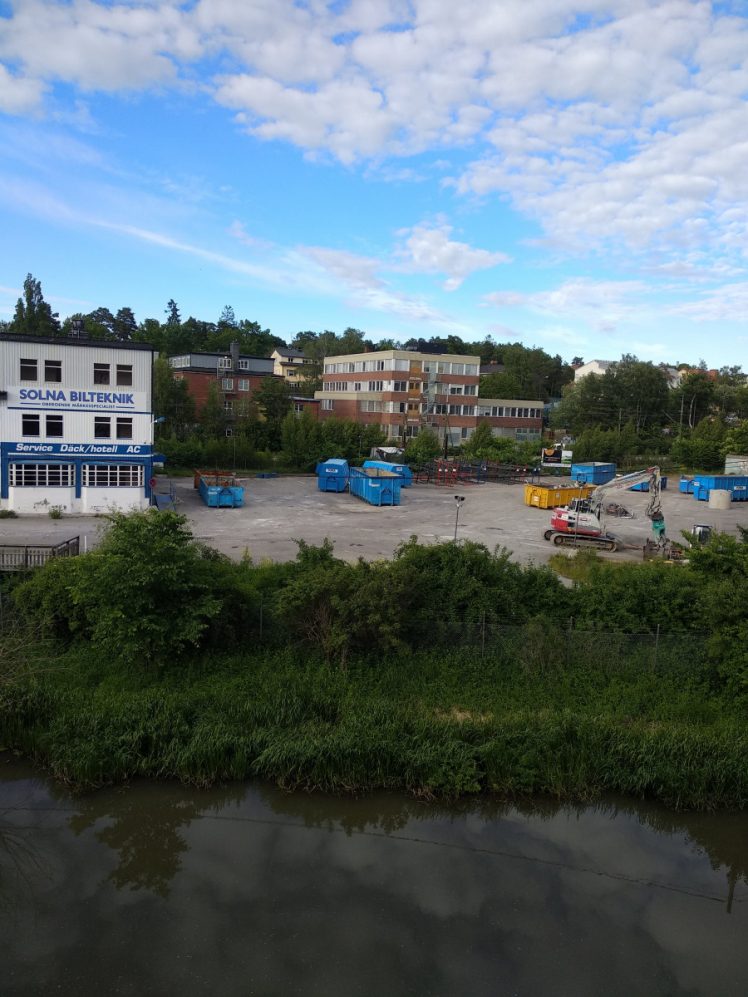
Waste detected in most sites
In short, the results were not very good. Microbial taxa that are typically found in wastewater were detected at almost every site, suggesting that waste is being released and finding its way even to the more pristine parts of our city. Sadly, there was not as much of a difference between the microbiome at the supposedly pristine sites and those that we expected to show signs of pollution. During a literature search, students found reports that pipe misconnections and other errors are known to have caused wastewater leakages into Laduviken in previous years, but the data from this our student project indicate that there may be similar problems at many sites.
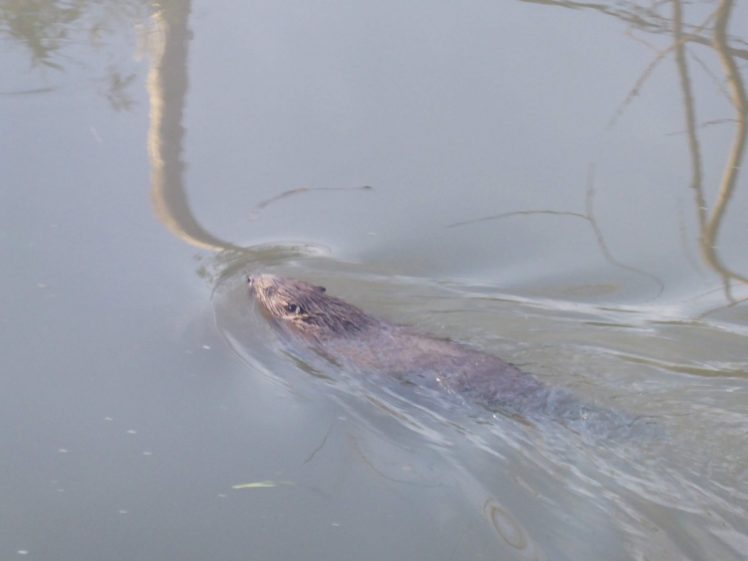
The study should be followed up with more water quality monitoring
There were of course some limitations to our study. For example, due to the scheduling of our course, we collected our samples in early February, when the top few centimetres of water were frozen. The cold temperatures probably had an impact on the diversity of microbes we could find, as cell counts were likely lower. This could mean that our data give an inaccurate picture of water quality by over-emphasising the abundance of some microbes. Nonetheless, this student projects could serve as motivation for a wider initiative using metagenome sequencing to monitor water quality throughout the city, both in places we expect to be polluted and in the areas we think of as being better protected from human impact.
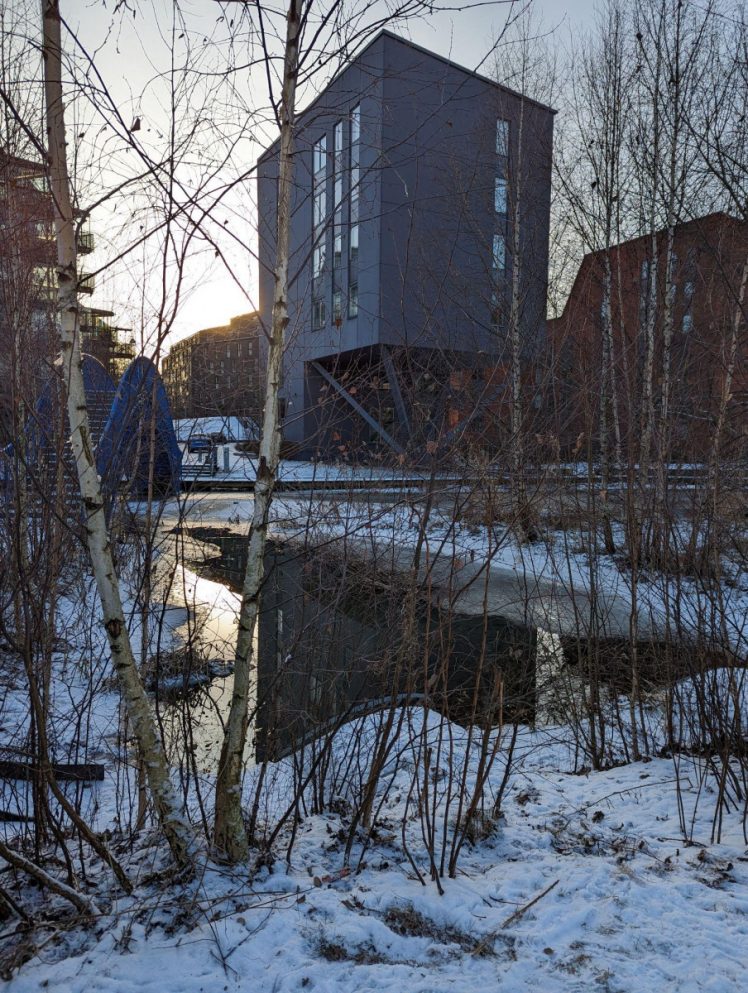
I want to thank all of the students who took course BB2560 this year for proposing a really interesting and useful project, and for being brave enough to collect water and sediment samples from frozen rivers and lakes!
Lauren McKee is a docent in biotechnology and a researcher at the KTH Division of Glycoscience

